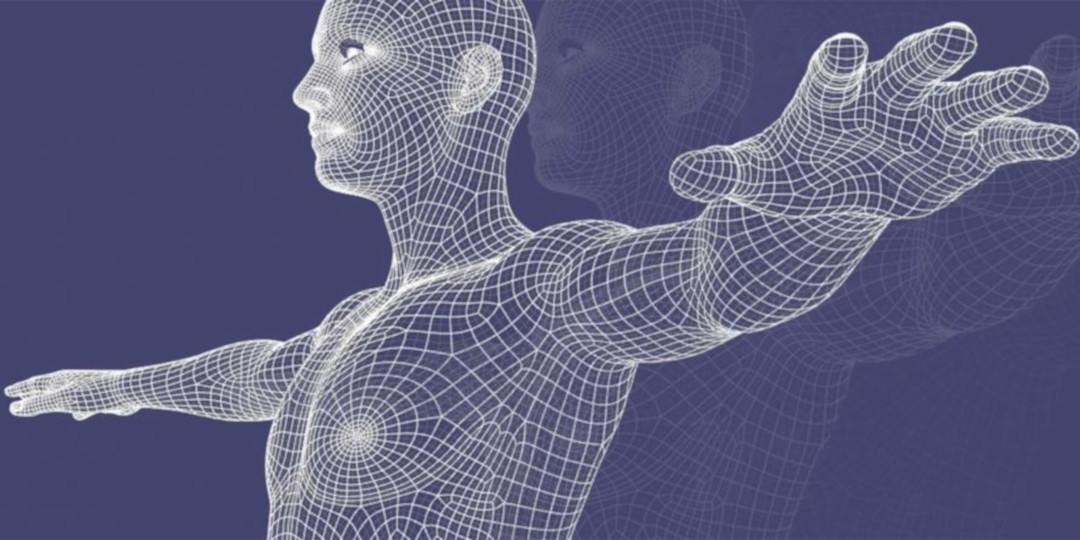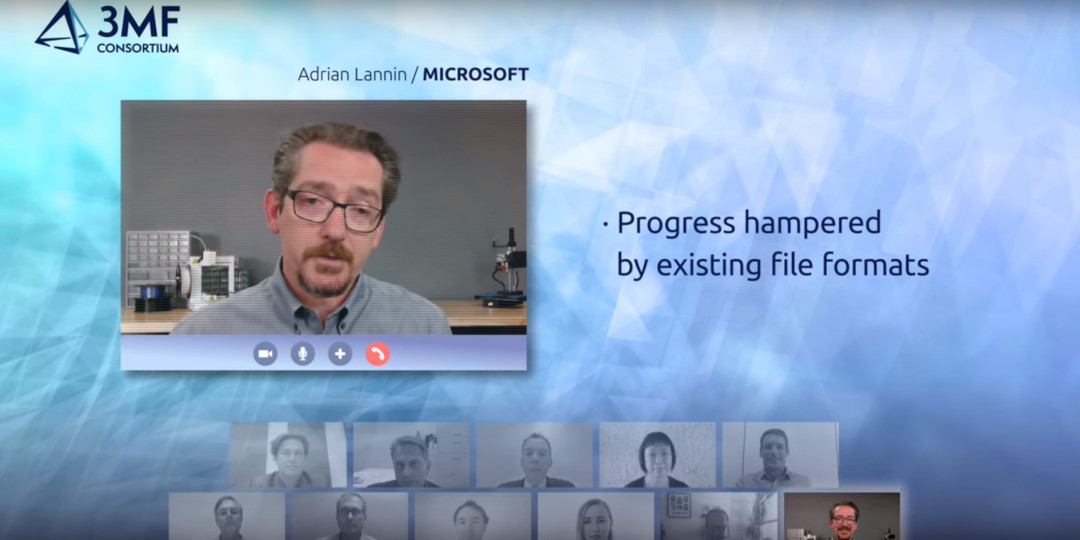To overcome this, a revolutionary new 3D printing format called 3MF (3D Manufacturing Format) has been created to allow design applications to send full-fidelity 3D models to a mix of other applications, platforms, services and 3D printers.

An introduction to the 3MF file format
The world of 3D printing is perpetually innovating and pushing the boundaries of what’s possible. As a result 3D printers have pretty much evolved beyond the capabilities of today’s 3D file formats such as STL, the most commonly used file format. More functionality is needed.

This XML-based data format is being developed by the 3MF Consortium, an industry association which was initially started by Microsoft and now includes names such as Shapeways and Autodesk. Ultimaker is a member and contributor, because we believe makers shouldn’t be limited by current file formats and that 3MF will make 3D printing even easier with a broader spectrum of possibilities.
We needed a more modern, future-proof and free format that's still easy to implement.
“Ultimaker’s vision — to make 3D printing accessible to all — is one we share at the 3MF Consortium,” says Adrian Lannin, 3MF Consortium executive director. “We’re pleased to welcome Ultimaker and know that its award-winning innovation and experience serving both professionals and novices will help strengthen the 3MF specification and its global adoption.”
The beginning of 3MF
3MF came about when Microsoft and its partners wanted to implement 3D printing support that would solve their customers’ existing problems and address future needs. An important consideration was how applications should pass model data to 3D printers. After conferring with others in the industry, they soon realised there wasn’t anything that existed that met their needs. So Microsoft and its partners created the initial version of code and donated its work-in-progress 3D file format. This was the starting point for the 3MF Consortium who developed the specification further.
What is so good about 3MF?
The 3MF standard has been designed to have the complete model information contained within a single archive: mesh, textures, materials, colors and print ticket. An STL, on the other hand, contains only the simple mesh that is to be printed. This is why a dual material print, for example, currently requires two separate STL files to be loaded – one for each material. A 3MF for such a print would simply consist of a single file.
In addition, the 3MF file format is
Rich enough to fully describe a model, retaining internal information, color, and other characteristics
Extensible so that it supports new innovations in 3D printing
Interoperable
Able to be broadly adopted
Free of the issues besetting other widely used file formats
This isn’t a future that’s way off in the distance. Ultimaker's software engineers are already working on the new format right now and the next release of Cura will support the 3MF format.
“Ultimaker strives to evolve 3D printing into a capable, versatile and accessible production technology,” Siert Wijnia, our CTO and one of the co-founders of Ultimaker, notes. “For this fast-growing industry to create meaningful progress, we needed a more modern, future-proof and free format that was still easy to implement – 3MF is the answer.”
As we move forward, the 3MF Consortium will manage any changes to the official 3MF specifications, ensuring everything is implemented smoothly. And as Ultimaker is a part of that consortium, we’re able to put forward the wishes of our community too. It also means it won’t go out of date – ensuring the code will always at the forefront of maker’s needs.















